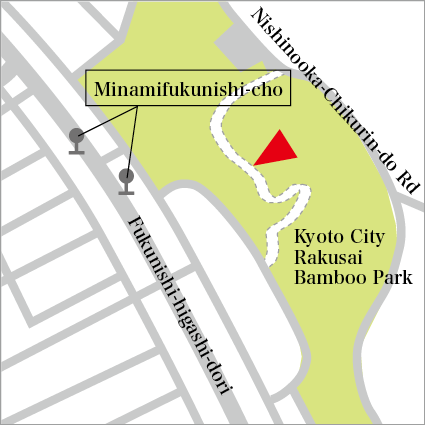Museum of Bamboo
- Highlight
- The unique forms and motifs of Kyoto bamboo make it an ideal decorative delight in architecture
Examining both the cultural and ecological aspects of bamboo
Rakusai New Town was built on hills of west Kyoto where nearly everywhere was a bamboo grove. Hence, as there were fears that the deep local connection to bamboo would be lost, a bamboo garden covering some 5,000m² of land was created, and a museum established to maintain the bamboo legacy of the area and tell its full story.
One entire wall of this museum is filled from top to bottom with examples of Kyoto’s famous bamboo (all made using traditional crafts of Kyoto) that are used as decorative materials in architecture. These include, zumen-kakuchiku (squared and mottled bamboo), shiratake (white bamboo), goma-take (speckled bamboo), and kikko-chiku (tortoise-shell bamboo). In addition, the museum exhibits crafts and products that employ bamboo, such as bamboo used in drainage. Also, there are 18 panels explaining the qualities, features and rarities in the bamboo family.
And, there is also a remake of an Edison lightbulb in which he used madake bamboo as the filament. The museum also holds tea ceremonies in a tea room decorated with beautiful Kyoto bamboo.
The strolling garden has 110 species of bamboo, all a delight to see in natural settings.
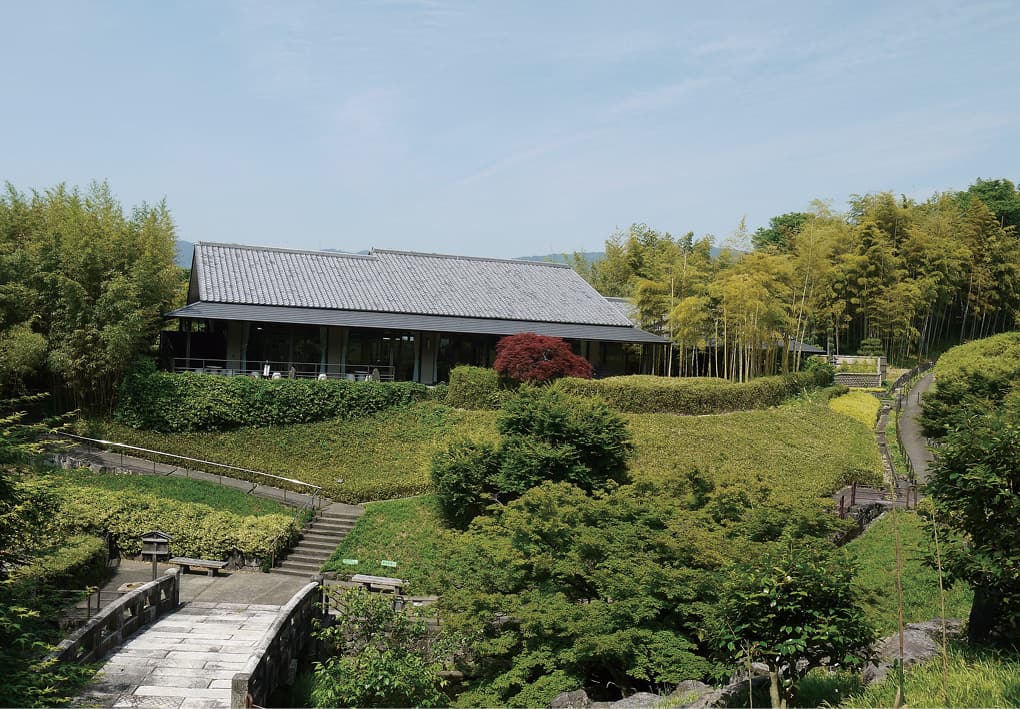
External view of museum
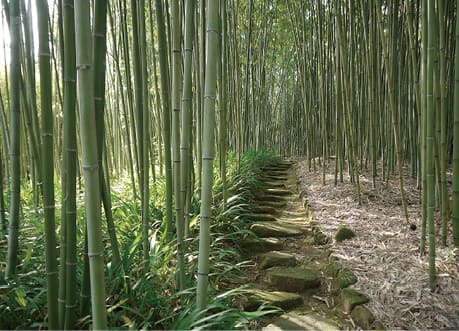
Garden path
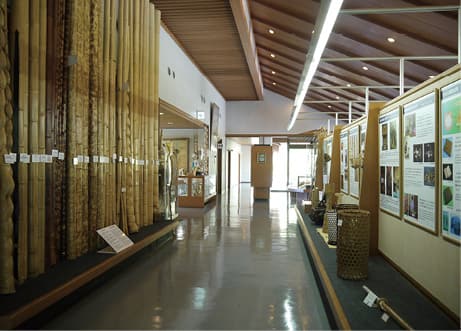
Exhibition room
Which type of bamboo is used for the penholder on the registry counter?
| Address | 300-3 2-chome Oe Kitafukunishi-cho, Nishikyo-ku |
|---|---|
| TEL | 075-331-3821 |
| FAX | 075-331-3821 |
| URL | https://chikurin-park.com/ |
| Hours | 9:00 ~ 17:00(entry by 16:00) |
| Closed | Wed, 29/12-3/1 |
| Adm | Free |
| Access | A 5-min walk from Minami Fukunishi-cho Stop of City Bus |
| Parking | Available (Free) |
Facilities near by
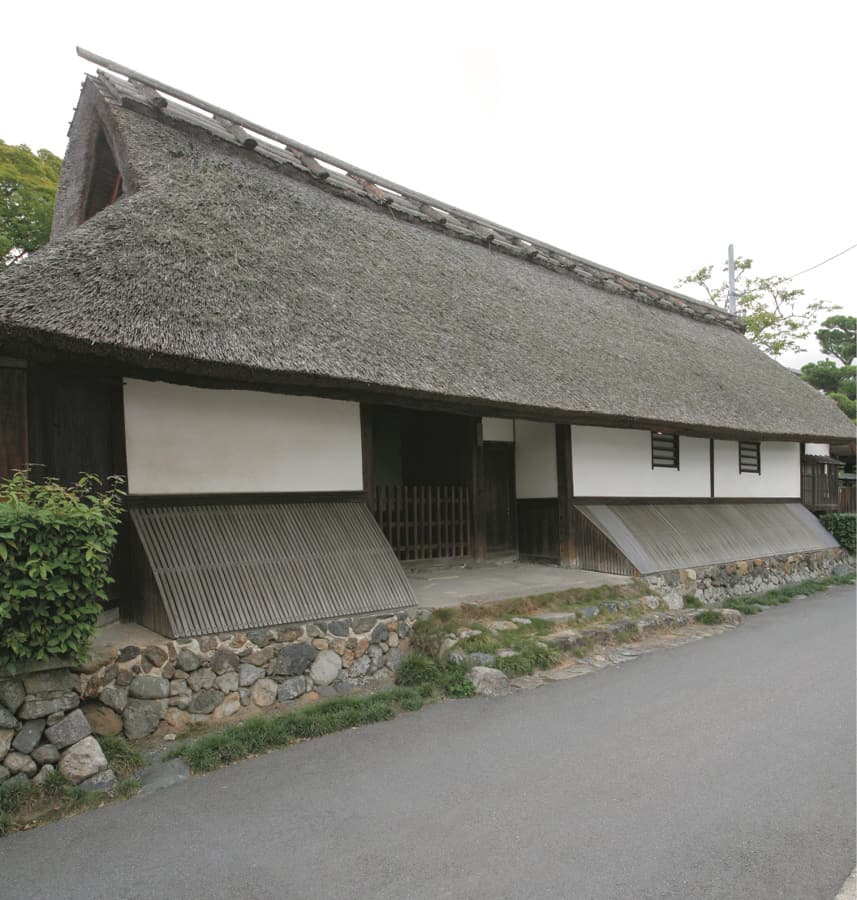
Yamaguchi Family Residence – Taikokyo
An old residency that speaks of a certain kind of lifestyle
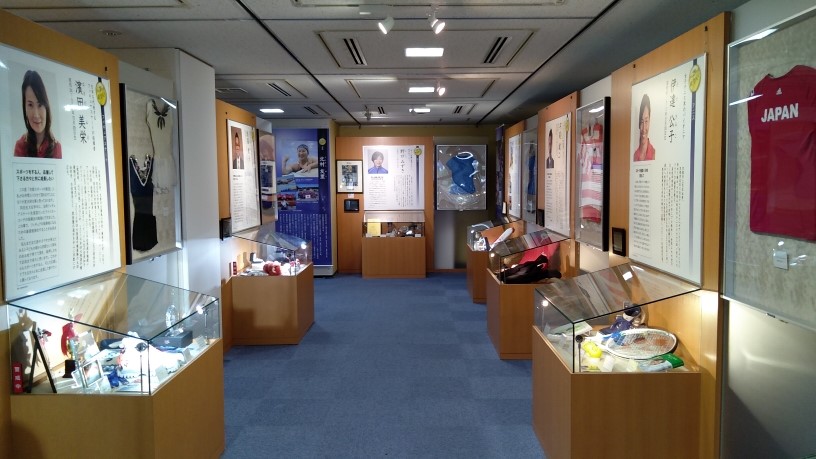
Kyoto Sports Hall of Fame
This hall brings together successful athletes connected with Kyoto
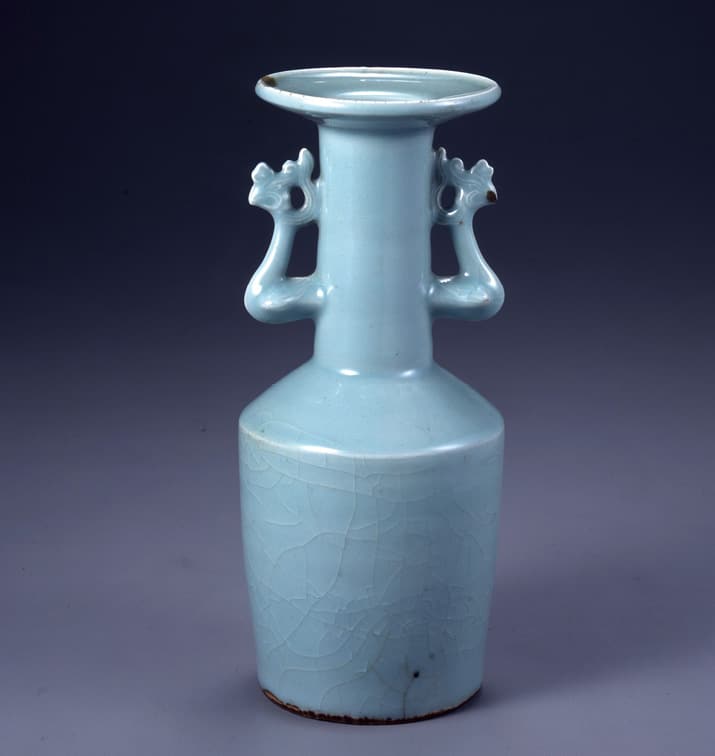
Yomei Library
A treasure trove of historical materials preserved by the head of the five Sekke regent families
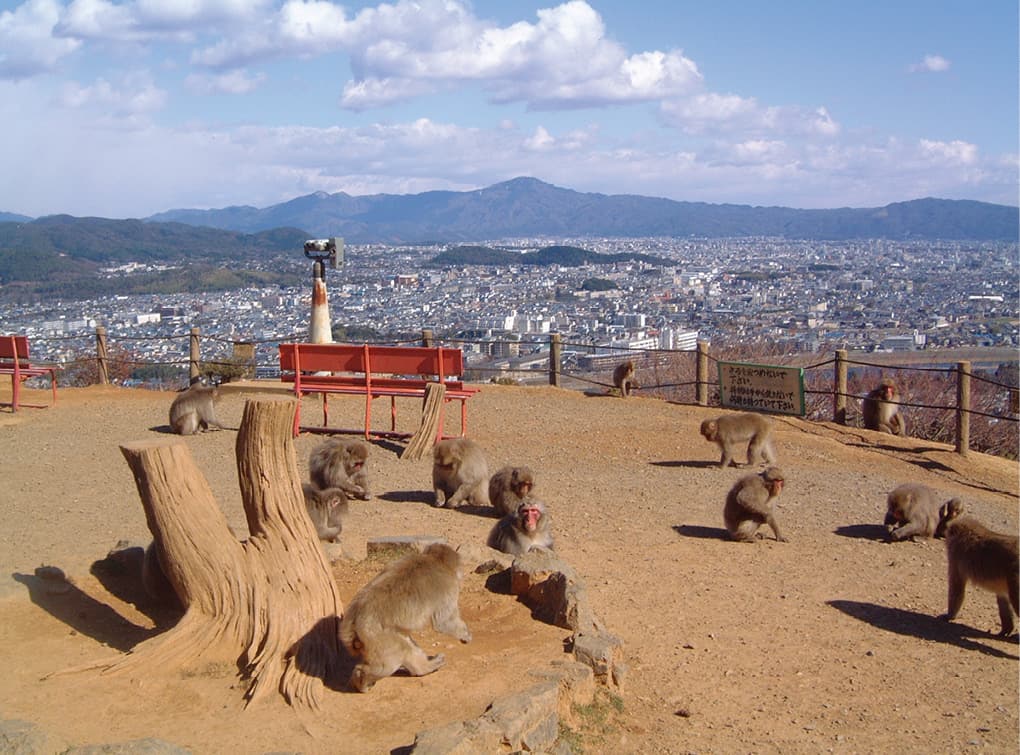
Arashiyama Monkey Park
Come face to face with un-caged wild monkeys

